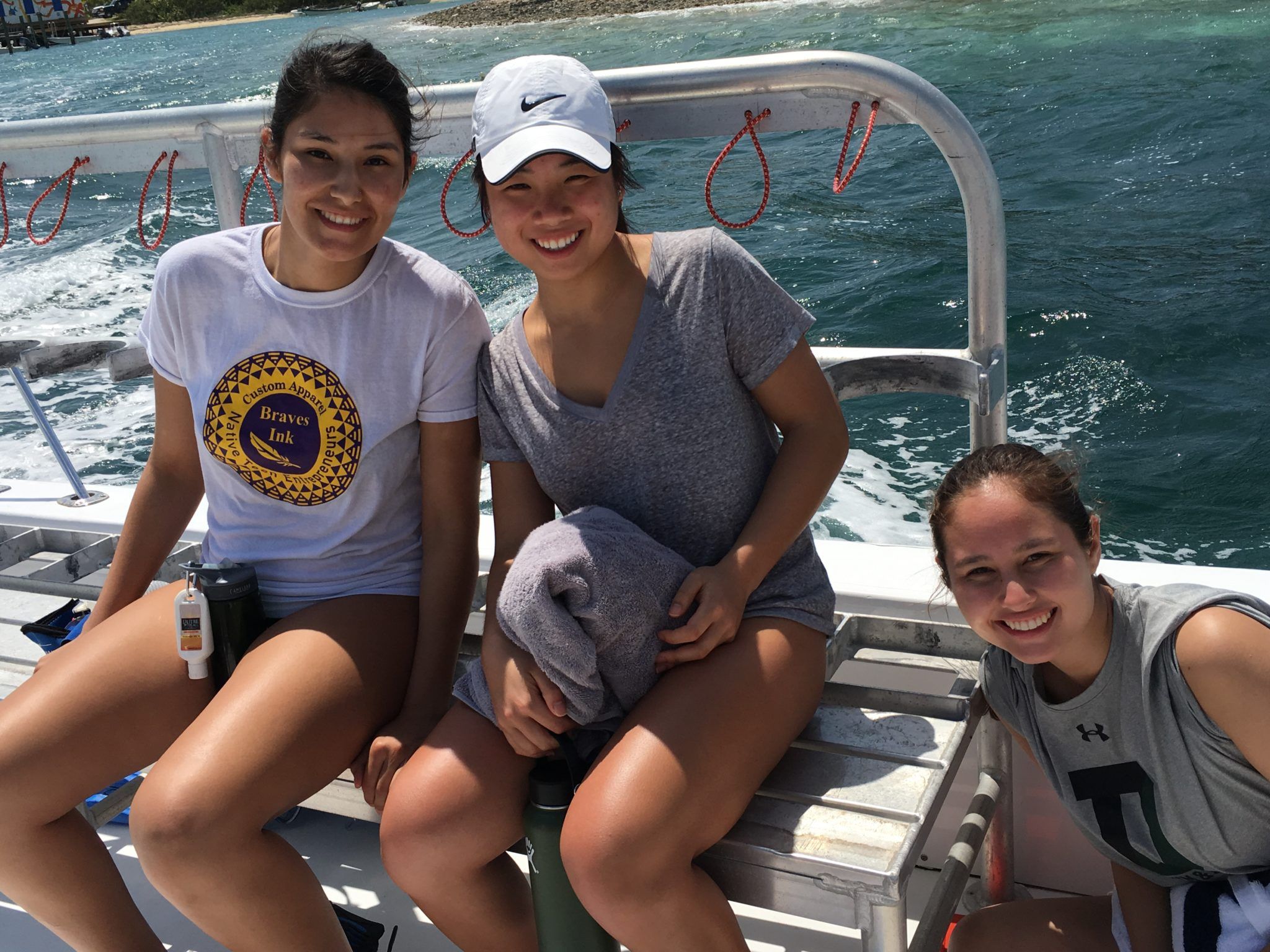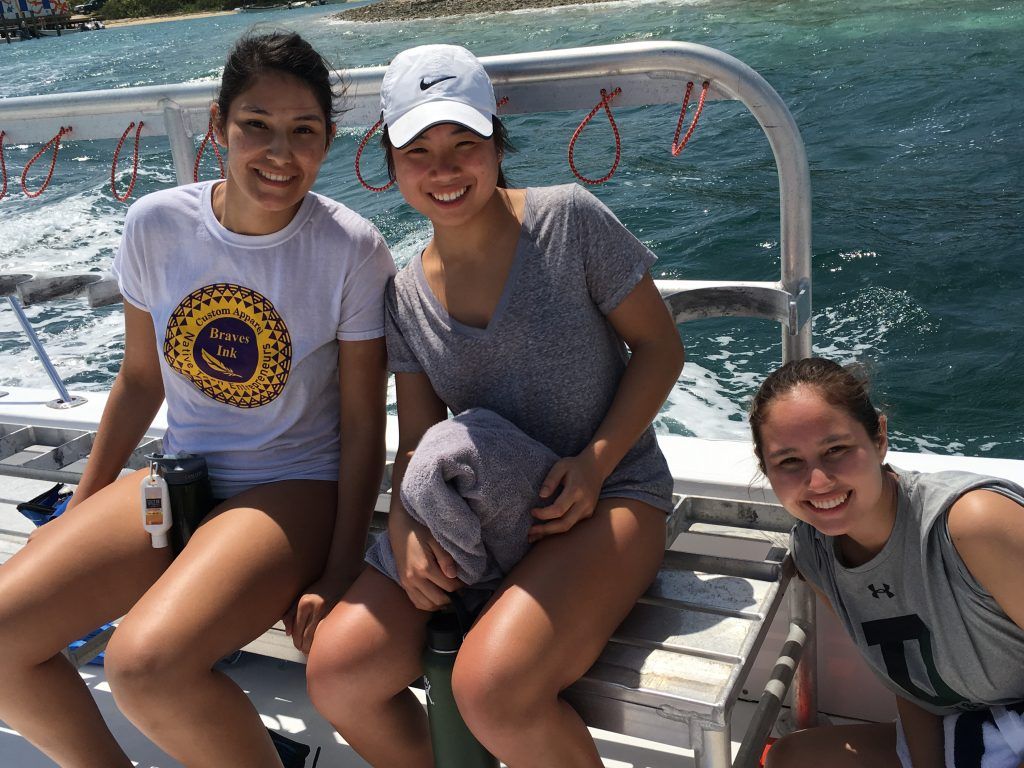Francis Shea ’20 shares an exciting day of snorkeling.
When Robin asked the group at one of our pre-trip meetings what we were interested in seeing while in the Bahamas, I promptly expressed that I wanted to see living coral. The bleaching of coral is caused by the global rise in sea temperature and coral is dying at extreme rates. Approximately 80% of all the reefs in the Caribbean are dead. So today, we traveled on the Reef Rat to a coral reef.
After I jumped in, I was immediately disheartened by the abundance of dead coral. Yet, I was still overtaken by the natural beauty of the remaining healthy coral organisms. I had never seen so many different species of fish congregated in one area. As I snorkeled around the reef, I realized the importance of this ecosystem and how it is the home of so many fish. After about 40 minutes of exploring the reef, we got back in the boat and made our way back to the Island School. Reflecting now, I realize how much of the coral is dead and at this rate, there will not be any left in the near future. Coral is in grave danger and without immediate action and initiative, future generations of humans, especially those who economically rely on the ocean, will suffer to maintain their livelihood. As Zach Davis ’20 told the group before snorkeling, “coral only covers 1% of the ocean floor, but holds 25% of marine life.”





